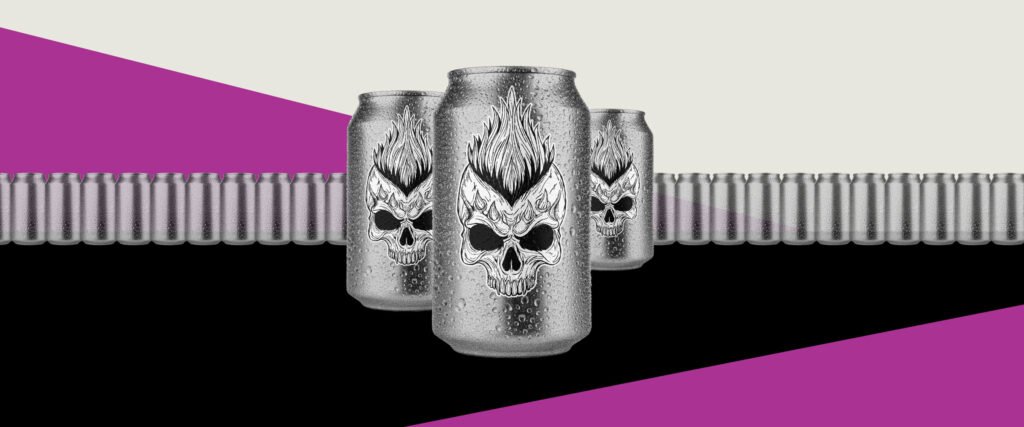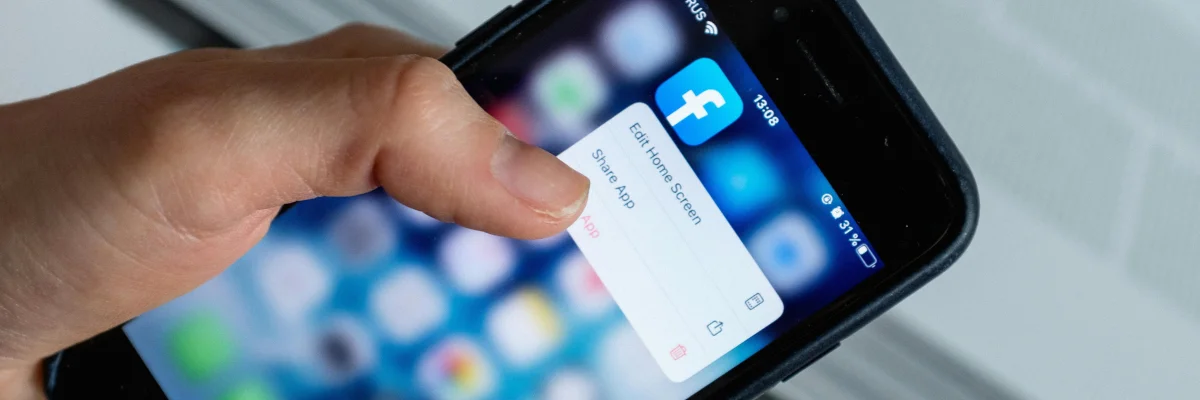Introduction: The Costliest Mistake Startups Make
Imagine this: You’ve spent months—maybe even years—perfecting your product. Your team has poured in $500,000 on development, marketing, and sales enablement, confident that once you hit ‘Go Live,’ customers will come flooding in.
Launch day arrives, and you wait.
No major sales spike. No wave of new customers. No viral traction. Just crickets.
Panic sets in. Your team scrambles for answers. Maybe the messaging needs tweaking? Maybe the sales team isn’t aggressive enough? Maybe the ads need optimization? You pivot, adjust your strategy, and throw more money into acquisition—but nothing changes.
This scenario is not just common—it’s the norm.
Research from Harvard Business School shows that 95% of new products fail, not because they aren’t needed, but because their go-to-market (GTM) strategy is fundamentally flawed. A product can be technically superior, solve a real problem, and still fail if it isn’t positioned correctly, if the wrong audience is targeted, or if sales and marketing efforts are misaligned.
Many companies assume that GTM is just marketing—a campaign, an ad spend, a sales push. But GTM is much bigger than that. It’s about how a company enters the market, who it targets, and why customers should care. A weak GTM strategy doesn’t just lead to a slow launch—it can permanently damage brand trust, burn investor capital, and leave millions in revenue on the table.
To understand why so many companies get GTM wrong, let’s break down the 5-Factor GTM Failure Model, based on proprietary research from 100+ early-stage startups that struggled with GTM execution.
The 5-Factor GTM Failure Model: Why Startups Bleed Cash Without Knowing It
In an analysis conducted by ProdRite, we examined 100 early-stage startups that faced major revenue struggles post-launch. The patterns were clear:
- 70% had no structured ICP validation before launch, resulting in wasted acquisition costs.
- 45% suffered from sales-marketing misalignment, leading to longer deal cycles and lost opportunities.
- 50% had weak retention strategies, which meant customers churned before generating meaningful revenue.
These failures weren’t random—they fit into five critical GTM failure patterns, or what we call the Five GTM Failure Factors:
- The Acquisition Sinkhole: CAC skyrockets while revenue lags.
- The Churn Cliff: Customers leave faster than they can be replaced.
- The Positioning Void: Messaging fails to connect with customers.
- The Sales-Marketing Disconnect: Teams operate in silos.
- The Brand Backlash: A failed launch damages long-term trust.
Each of these failure factors compounds over time, turning what might have been a temporary setback into a permanent roadblock for growth.
The Acquisition Sinkhole: Why CAC Explodes Without ROI
For many startups, the first instinct when growth stalls is to pour more money into acquisition. The logic seems sound—if more people see the product, more people will buy it. But without a strong GTM foundation, this approach often leads to skyrocketing customer acquisition costs (CAC) without a proportional return in revenue.
A major reason for this is misaligned ICP targeting. Too many companies rely on broad customer personas without validating demand before launching full-scale campaigns. This leads to wasted ad spend, low conversion rates, and ineffective outreach.
Take Quibi, for example. The short-form video streaming service launched in 2020 with $1.75 billion in funding and one of the most aggressive marketing campaigns in recent memory. But within six months, Quibi shut down.
What went wrong?
Quibi’s target audience didn’t exist. The company assumed young users would pay for a premium alternative to TikTok and YouTube, platforms that were already free and deeply ingrained in user behavior. Their ICP was built on assumptions, not validated demand.
This is the Acquisition Sinkhole—the tendency to assume that aggressive acquisition will fix product-market fit, when in reality, no amount of ad spend can make up for poor positioning and audience misalignment.
The solution? Test before scaling.
Startups that validate their ICP before a major GTM push see 30% lower CAC and 2x better conversion rates (McKinsey, 2023). Instead of launching with an untested audience, successful companies start with pilot campaigns, A/B tested messaging, and real customer feedback loops to ensure they’re targeting the right people with the right message.
The Churn Cliff: Why Customers Leave Faster Than You Can Acquire Them
Even if acquisition is strong, many startups fail because they don’t focus on retention.
Churn is a silent killer—companies keep spending to bring in new customers, but those customers leave before they generate meaningful revenue. If churn is high, acquisition alone can never drive sustainable growth.
Look at Clubhouse, the audio-based social platform that exploded in early 2021. At its peak, Clubhouse had 10 million users, driven largely by FOMO and an invite-only exclusivity model. But within a year, engagement plummeted.
Why?
- No retention-focused GTM strategy—Clubhouse was built for viral growth but ignored user retention.
- No long-term value proposition—Once the novelty wore off, there was no compelling reason to stay.
- Competitor replication—Twitter Spaces and Spotify Greenroom copied its core features and eroded differentiation.
This is The Churn Cliff—a GTM failure where acquisition outpaces retention, leading to unsustainable growth.
Companies that invest in retention strategies—strong onboarding, customer engagement loops, and habit-forming UX—see 3x better LTV-to-CAC ratios and higher expansion revenue opportunities (Bain & Co., 2023).
The Brand Backlash: When a Bad GTM Plan Damages Trust Forever
Perhaps the most dangerous GTM failure is The Brand Backlash—a failed launch that damages a company’s reputation beyond repair.
Microsoft’s Surface RT is a textbook example. The device was meant to compete with the iPad, but due to confusing messaging and unclear differentiation, it flopped. Retailers, confused about where it fit in Microsoft’s lineup, struggled to sell it. Consumers, unsure of its capabilities, didn’t buy it.
Microsoft was forced to write off $900 million in unsold inventory, and Surface RT became a case study in GTM failure.
The lesson? You don’t get a second chance at a first impression.
When buyers lose trust in a product due to a weak launch, unclear positioning, or poor execution, it’s nearly impossible to win them back.
Final Thoughts: The Difference Between a $10M and a $100M Company? GTM.
The real difference between companies that plateau at $10M ARR and those that scale past $100M ARR isn’t just product—it’s how they enter and dominate the market.
- Companies that refine their GTM before launch grow 2.3x faster.
- Those that align sales and marketing see 36% higher retention.
- Startups that avoid the five GTM traps have 50% higher CAC efficiency.
If your competitors are treating GTM as a core business function, but you’re treating it as an afterthought, they’re already ahead. A great product with a weak GTM strategy will still fail.
The real question is: Are you investing in a GTM strategy that fuels sustainable growth—or falling into the same traps as the 95% that fail?
Let’s Build a GTM Strategy That Wins
Most companies wait until after a failed launch to fix their GTM. The best companies refine it before they even go live.
Reach out to ProdRite at hello@prodrite.com to build a data-driven GTM strategy that drives growth—not regret.






